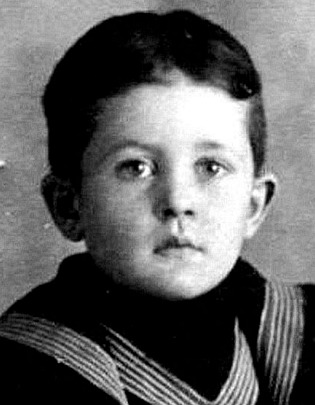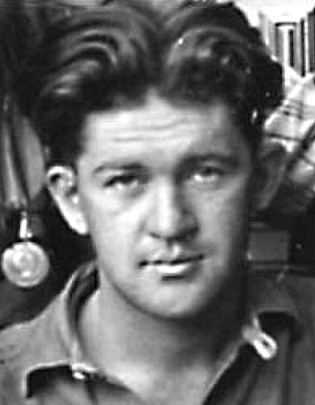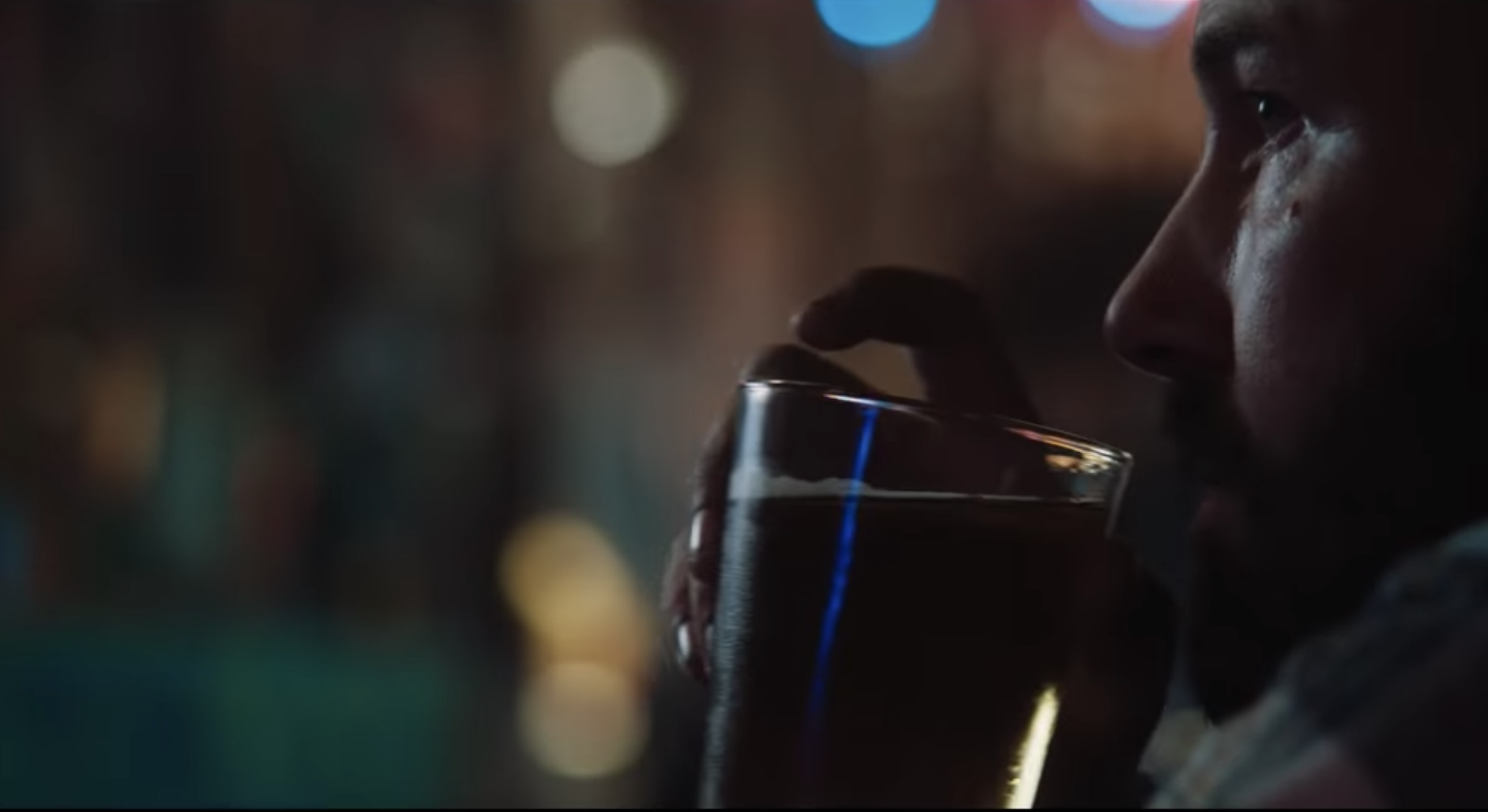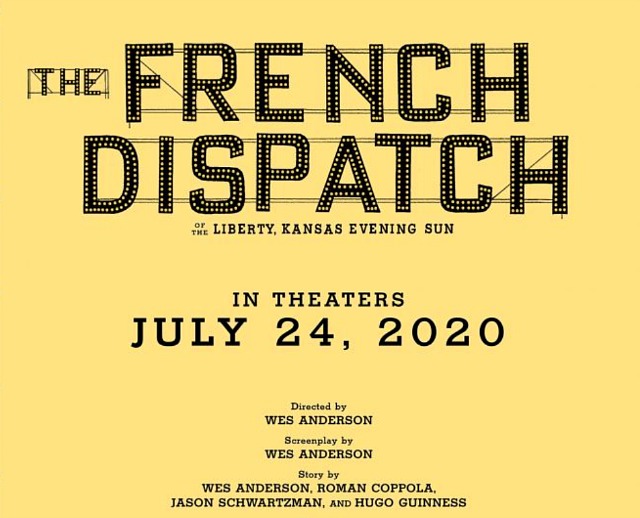Obviously John Ford was a child and then a very young man before he became that crusty, sullen-looking fuck with the the thick glasses (often shaded) and proverbial pisshead glower, and always with the floppy hat and the pipe and a stiff drink nearby. But it’s very hard to believe that he once was, in fact, a young lad with some kind of hopeful or innocently excited attitude about life.
Of the hundreds of Ford photos I’ve scanned over the years, these are the only two in which he’s not wearing round-rimmed glasses with lenses as thick as a goldfish bowl, or regarding the world with a certain guarded suspicion or outright dislike — his lifelong trademark.
“Bring on the obstruction and the bullshit,” his craggy, weathered face always seemed to say. “For I am an Irishman, I am…I have rivers of worship and serenity and sentimentality running through me, and I will throw your ugly-ass attitudes and chickenshit meddling right back at you with interest so don’t even think of fucking with me.”
The photo on the right, taken in 1915 when Ford was 21, is the only one in which he allowed even a glimmer of a grin. Apart from his passion for filmmaking, the man lived in order to scowl. Plus he had a robust head of hair back then. He was Sean Penn in the early to mid ’80s.
But he loved his whiskey and tobacco. By the time Ford was making The Grapes of Wrath and How Green Was My Valley at age 46 and 47, he looked 60 if a day. He was 61 or 62 while shooting The Searchers, and looked like a spry 75 (if you want to be generous). Just before he passed in ’73 he seemed to be at least 90 or 95, pale and skeletal and — surprise! — scowling like a ghost.


(l.) Legendary director
John Ford at age 4 or 5, sometime in 1898 or ’99; (r.) Ford at 21, a year after he moved to California in 1914.
My all-time favorite Ford film is The Horse Soldiers (’60). Yes, I like it more than The Man Who Shot Liberty Valance. Partly because people mostly shrugged when it first came out (a Civil War film with John Wayne and William Holden…meh), and yet it’s surely among his most re-watchable. It’s like nutritious candy — like a chocolate milkshake. I love it because it isn’t especially ambitious, and yet it’s full of feeling and pictorial beauty and historical authenticity, and razor-sharp observations about proud (bull-headed) military mindsets and what happens when they go up against the day-to-day world.
If I was an earnest and scholarly Ford biographer like Joseph McBride I would probably list Wagon Master or Seven Women or Cheyenne Autumn among my top Fordies, but I like what I like. My top ten, actually, are The Horse Soldiers, The Grapes of Wrath, Young Mr. Lincoln, Drums Along the Mohawk, My Darling Clementine, The Informer, They Were Expendable, The Last Hurrah, What Price Glory? and Sergeant Rutledge, in that order.
I think Ford overdid the Monument Valley thing. Why the hell was anyone living in an arid dusty environment without decent soil or rivers or grass for cattle to munch on? It was one of the stupidest conceits in Hollywood history, that anyone would or could live in the Monument Valley of the 19th Century. In terms of forehead-slapping stupidity, the Monument Valley thing is right up there with that huge wall on Skull Island in King Kong having been built with a huge gate — a gate that could have no other purpose than to allow a gargantuan ape to walk through it.
Read more










